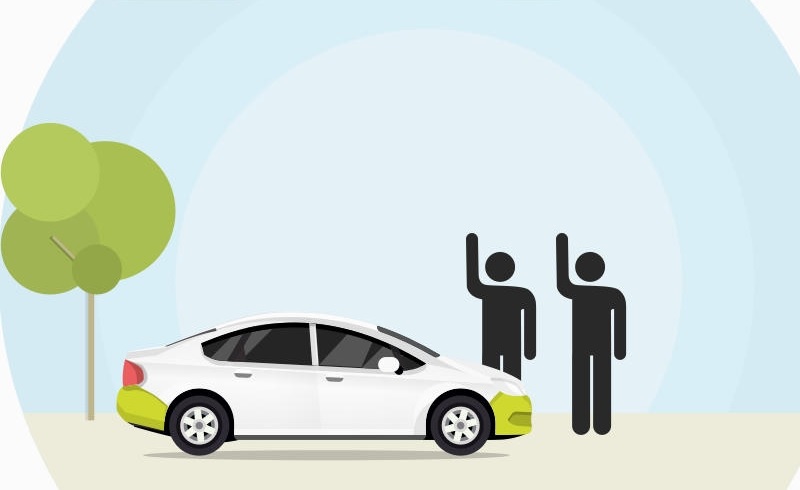Sharing rides could drastically improve the efficiency of car and taxi transportation. Unleashing such potential, however, requires understanding how urban parameters affect the fraction of individual trips that can be shared, a quantity that they call shareability. Using data on millions of taxi trips in New York City, San Francisco, Singapore, and Vienna, the researchers compute the shareability curves for each city, and find that a natural rescaling collapses them onto a single, universal curve. They explain this scaling law theoretically with a simple model that predicts the potential for ride sharing in any city, using a few basic urban quantities and no adjustable parameters. Accurate extrapolations of this type will help planners, transportation companies, and society at large to shape a sustainable path for urban growth.
The emerging sharing economy promises to improve the efficiency of individual, on-demand transportation. Bridging the gap between shared but inflexible public transportation and flexible but not shared private transportation, novel services can significantly contribute to reducing road congestion and emissions. But the realizability of such potential benefits depends on the answer to a fundamental unsolved question: How compatible in space and time – and thus shareable – are individual mobility patterns?
Read the full report at:
